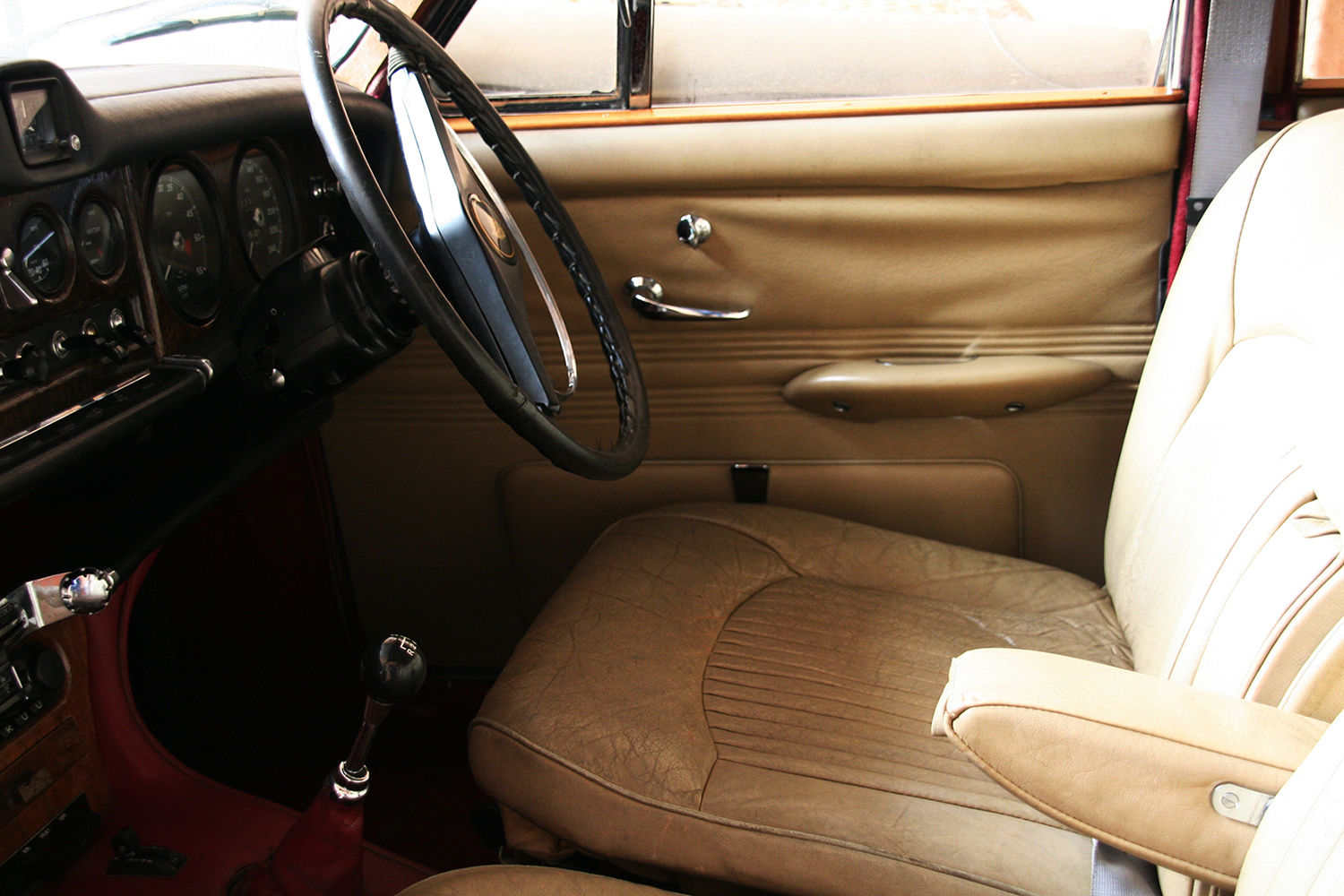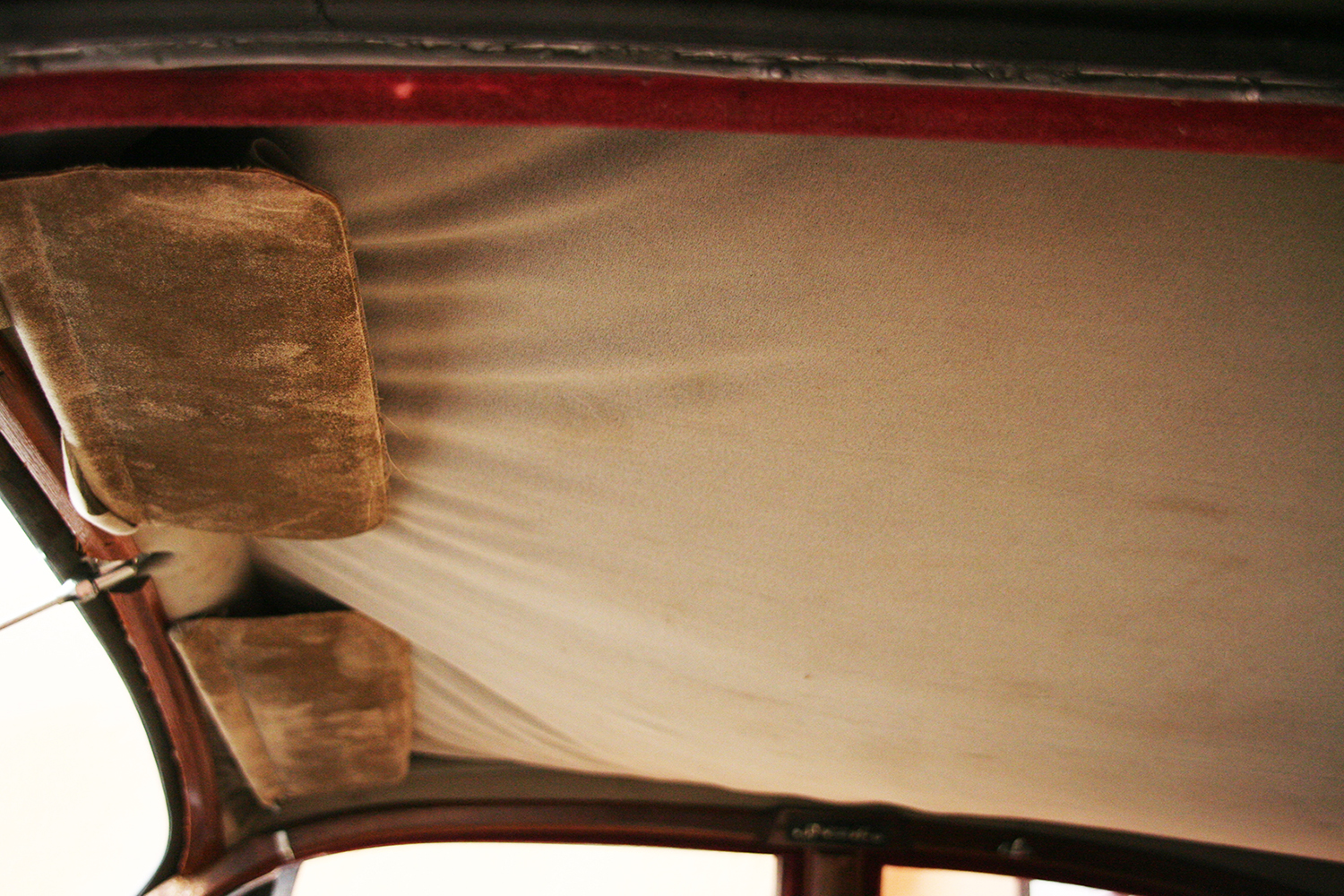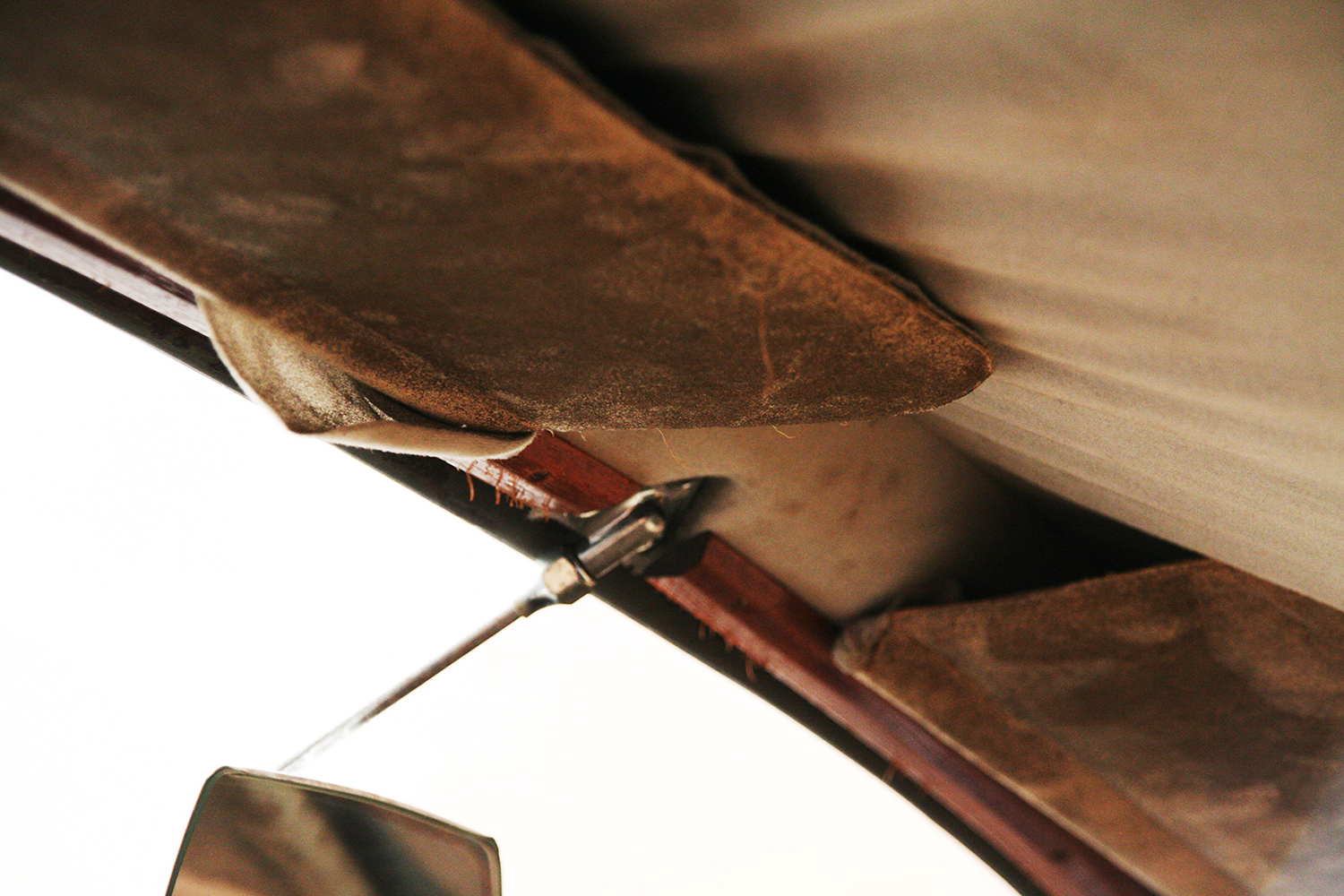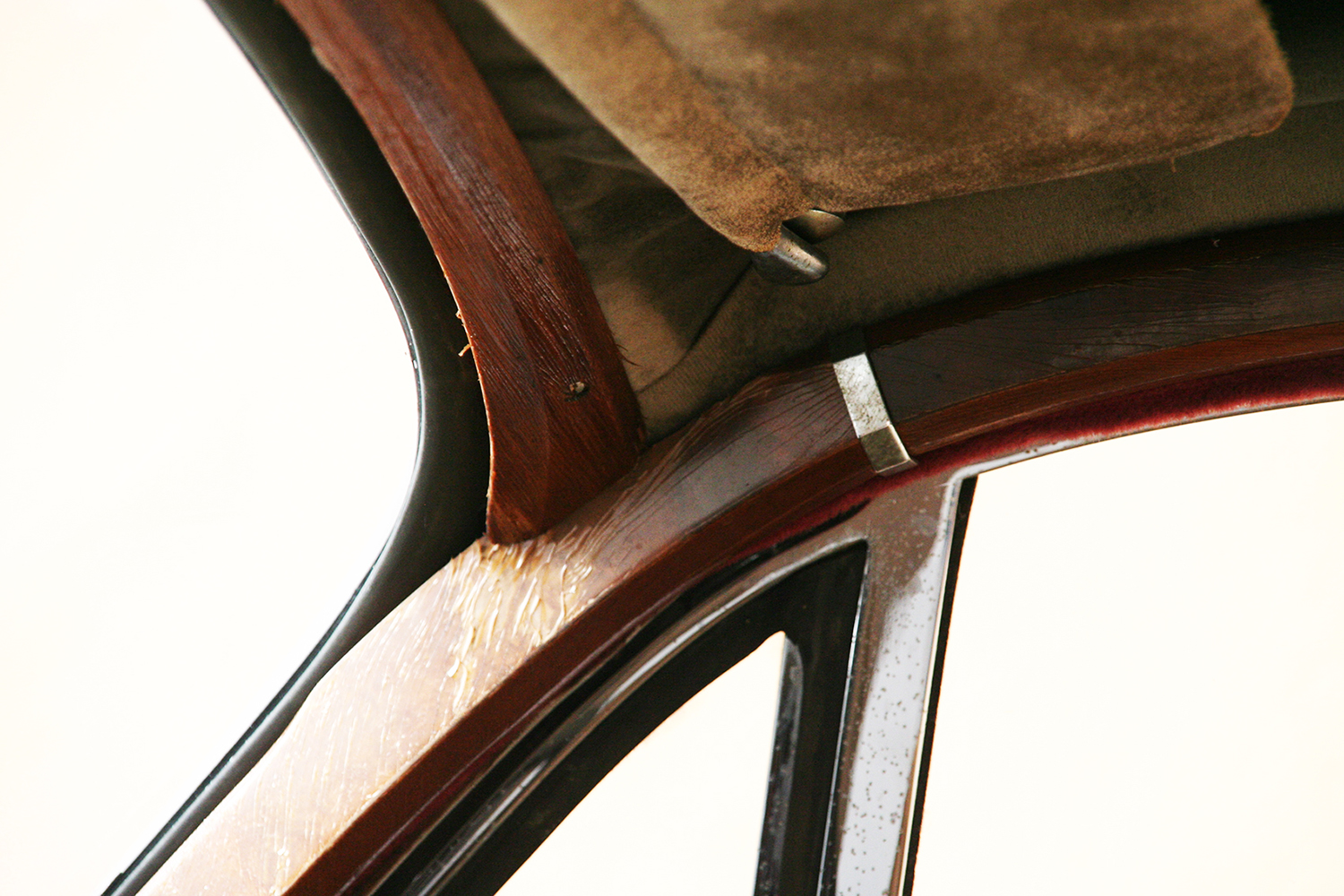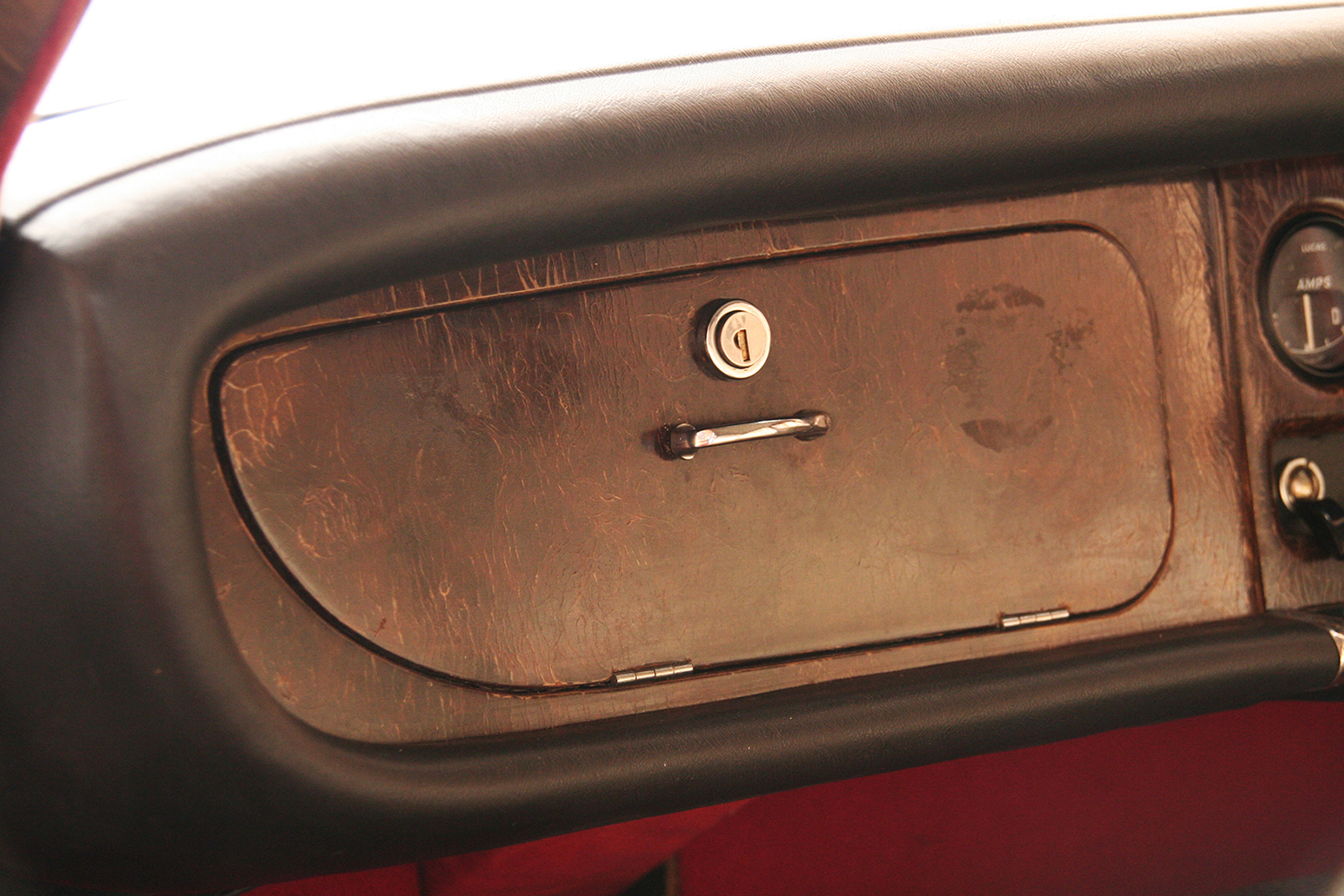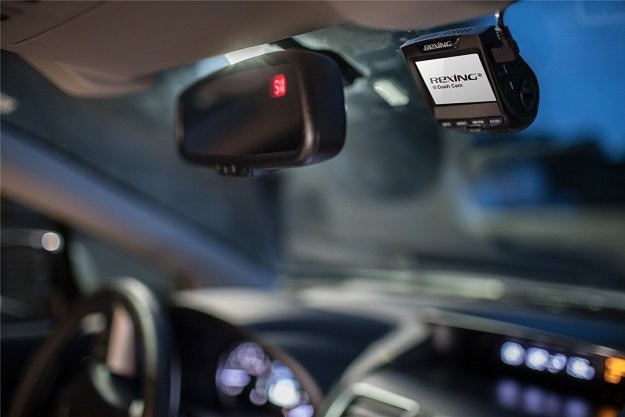Adding itself to the list is Carbon Motors, dedicating its back-breaking restoration work to classic Jaguar four-door saloons. Back in 2015, the company announced its latest services, focusing specifically on late 1960s Jaguar 420 sedans.

The Jaguar 420 was one of the company’s earliest expressions of a modern “compact sports sedan.” Think of it as one of the earliest renditions of the modern Jaguar XJ sedan. The original Jaguar 420 essentially predates the current XJ and was introduced in October of 1966, at the London Motor Show. Based off of the original and early- to mid-1960s Jaguar S-Type sedan — the precursor to the famous Mark II sedan — the 420 was deemed the “four-door” or “extended E-Type.”
It was sold as the Jaguar “four-twenty,” reflecting its 4.2-liter, six-cylinder engine replacement. It featured a different Daimler-built 2.5-liter V8 for the rebadged Daimler Sovereign version — a more luxurious brand to Jaguar-based sedans. But that was the only thing separating the otherwise identical cars.
The Jaguar 420’s 4.2-liter straight-six is essentially lifted straight out of the E-Type but with a different fuel system. It’s fed by two carburetors to produce around 245 horsepower and 283 pound-feet of twist, compared to three-carbed version on the E-Type and larger, more luxurious 420G sedan. Though as the SAE (Society of Automotive Engineers) adjusted their testing system, the 420’s six-cylinder was found to be underrated with power figures. It was sold here with either a four-speed manual or a three-speed automatic.
Unlike restomod companies like Singer or East Coast Defender, however, Carbon Motors does without extensive modifications to the Jaguar 420 sedan. Instead, it focuses on restoring the vehicle from the ground up, while slightly modernizing some of the systems for better reliability today.

As an example of its attention to detail, Carbon Motors recognizes Jaguar’s era-relevant problems with build quality and resolves them. For instance, the company used improper wood-putty to seal some of the body panels during assembly — a desperate way to save on production costs. For those not in the know, Jaguars of this era have a reputation for awful build quality and reliability — a result of corporate restructuring gone bad, following a crippling merger with then-automotive giant British Leyland. On top of a crippled economy and problematic unions, as well as political uprising, Jaguars in the late 1960s through the 1980s endured decades of reliability and build quality issues — the 420 being one of them.
The 1969 420’s original interior
Under Carbon Motors’ restoration, the car gets a completely repaint while all the body imperfections are repaired and rust, removed. Then, the interior undergoes a complete reupholstering job with new leather on the seats, door panels, restored dashboard wood trim, and a new headliner, just to name a few. The same goes for the power- and drivetrain — any and every part needing attention will get it.

To showcase its work and put its money where it touts, Carbon Motors released a new high-definition album for all of our viewing pleasure.

